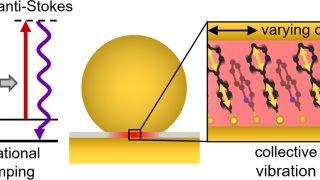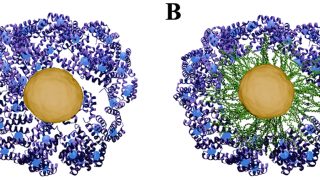
Tuning spin and charge in graphene nanoribbons with atomic precision
Condensed matter • DIPC Electronic Properties • Materials • Quantum physics
Graphene—a single layer of carbon atoms arranged in a honeycomb lattice—has captivated scientists because of its extraordinary electronic and mechanical properties. Its electrons move through the lattice almost as if they were massless, giving graphene exceptionally high electrical conductivity and mobility. However, pristine graphene sheets are not magnetic and their electrons are delocalized across the […]








